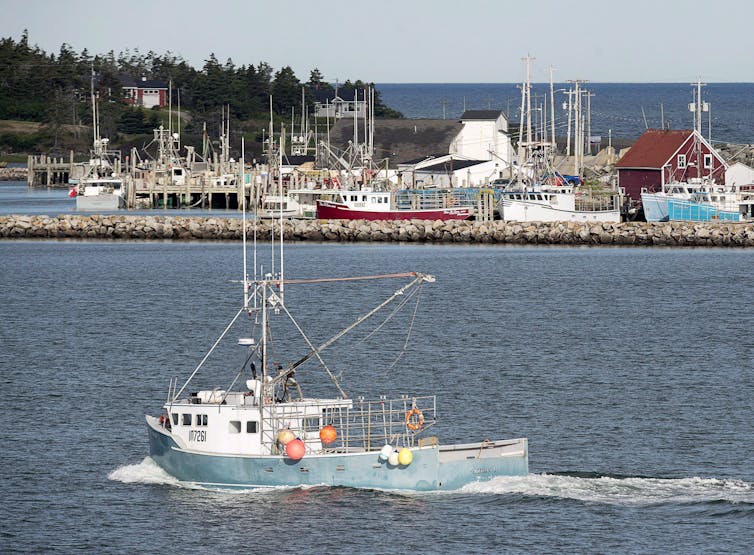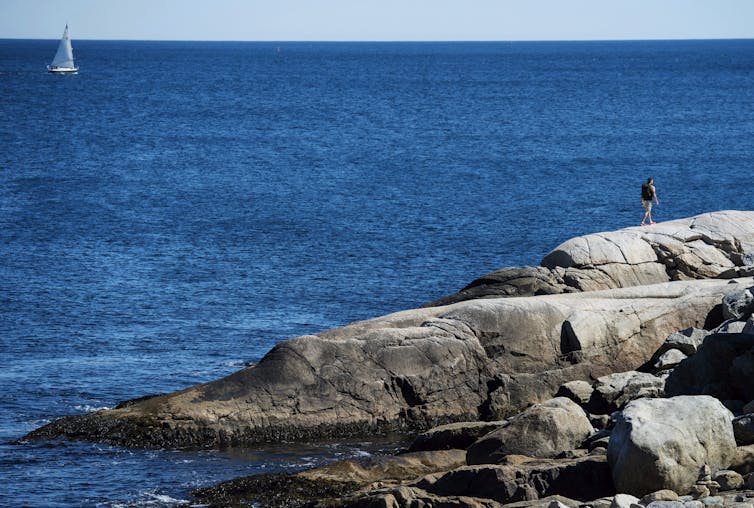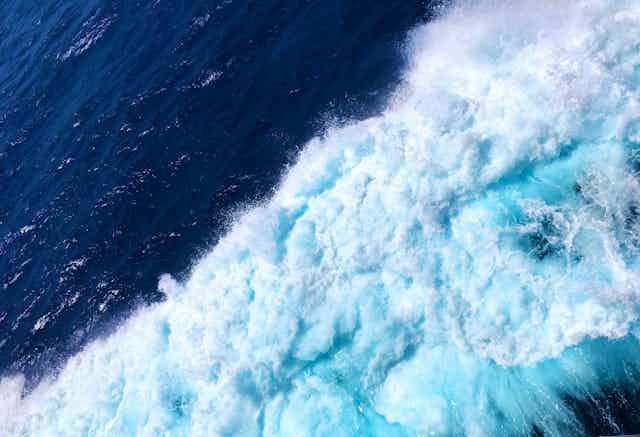Extreme ocean changes due to climate change are not an abstract or future scenario. This summer alone, 23 per cent of the world’s oceans experienced a heat wave, corresponding to an area roughly equivalent to the entire Atlantic Ocean.
Those extreme events, against a backdrop of more gradual global warming, have widespread effects on ocean life and their environments. For example, some species might leave their preferred environment in favour of more suitable temperatures, others might adapt locally or go extinct.
While climate change impacts are pervasive, marine protected areas and refuges can safeguard species, and improve ecosystem resilience, by minimizing additional human impacts.
Marine conservation in Canada
In Canada, there is a surprising lack of conservation planning and management to address the effects of climate change. Our recent study showed that most marine protected areas (especially in Atlantic Canada) are located in regions set to undergo rapid, substantial changes, making them unsuitable as marine life sanctuaries.
These results emphasize the need to account for climate change impacts and adaptations in marine conservation planning in Canada and beyond. Ideally, refuges, hotspots and other climate futures should be factored into any planning on Canada’s marine protected area network.
Parts of the Canadian Atlantic Ocean are already warming at a higher rate than the global average. This is projected to continue throughout the 21st century.
Alarmingly, the waters off of Nova Scotia and Newfoundland — regions known for lucrative fisheries — are seeing temperature increases beyond the most extreme projections for this century.

Many of the existing marine protected areas and marine refuges in these regions were put in place to protect critical habitat and life stages of commercially important fish and invertebrate species. However, these protections may become ineffective as the climate changes.
Projecting marine climate change
To effectively address the climate change challenges for marine conservation in Atlantic Canada, current conservation efforts need to become more adaptive both in their planning and management. Most marine protected areas in Canada are not planned or managed with the effects of climate change in mind.
To become more adaptive, we need to know what is happening below the surface and, crucially, which areas, habitats and species are most vulnerable. These insights will enable more effective strategies.
The first step in determining which areas and species are most at risk from climate change is to use projections from ecosystem models under different climate change scenarios. This together with assessments of how vulnerable different areas and species are to those changes will allow a much clearer picture.
Read more: Canada's marine conservation toolbox needs an overhaul to counter climate change
We used a state-of-the-art modelling approach to help us project and understand potential future changes in the Northwest Atlantic Ocean. For this, we combined future projections from nine global marine ecosystem models and two climate models that provide standardized output data.
These data sets give us insights on future changes in, for example, fish biomass, temperature or oxygen availability in the water.
Developing hotspots
Based on the results, our research identified both climate change hotspots and refuges. We also investigated whether those hotspots or refuges overlap with existing marine conservation areas. Most areas overlapped with climate change hotspots, none with climate change refuges.
Considering that climate refuges are areas that are likely to experience less rapid ecosystem changes, protecting those can minimize additional impacts — such as the effects of intensive commercial fishing or oil and gas development — to support overall resilience to climate change.
Simply put, a system or species that is less stressed and more healthy is better equipped to face the impacts of climate change.
In adapting marine conservation planning to climate change, protecting climate change refuges may allow more time for particular species and ecosystems to adapt, potentially slowing rates of local extinction. Such refuges could also act as stepping-stones for species as they move to more favourable habitats due to rapid ecosystem changes.

On the other hand, hotspots of climate change impacts that experience rapid, substantial ecosystem changes may foster adaptation and evolution in some species, so they are better equipped to respond to a changing future.
Such a network would aim to span a diverse range of potential future climate conditions and ecosystem states, essentially protecting a wide range of marine biodiversity.
Together with an adaptive marine conservation approach — that includes flexible and dynamic planning, monitoring and management — Canada would be better equipped to protect its ocean’s biodiversity and resources.
Climate futures are present
The reality is that climate change is not just a future scenario but is already altering Canada’s ocean. Today, the ocean has never been warmer, with some regions breaking temperature records, stressing the need to start today to adapt ocean governance and marine conservation to climate change.
Ultimately, by re-calibrating the marine conservation approach that builds in climate change impacts, Canada can protect existing biodiversity and the adaptive capacity of marine ecosystems for generations to come.

